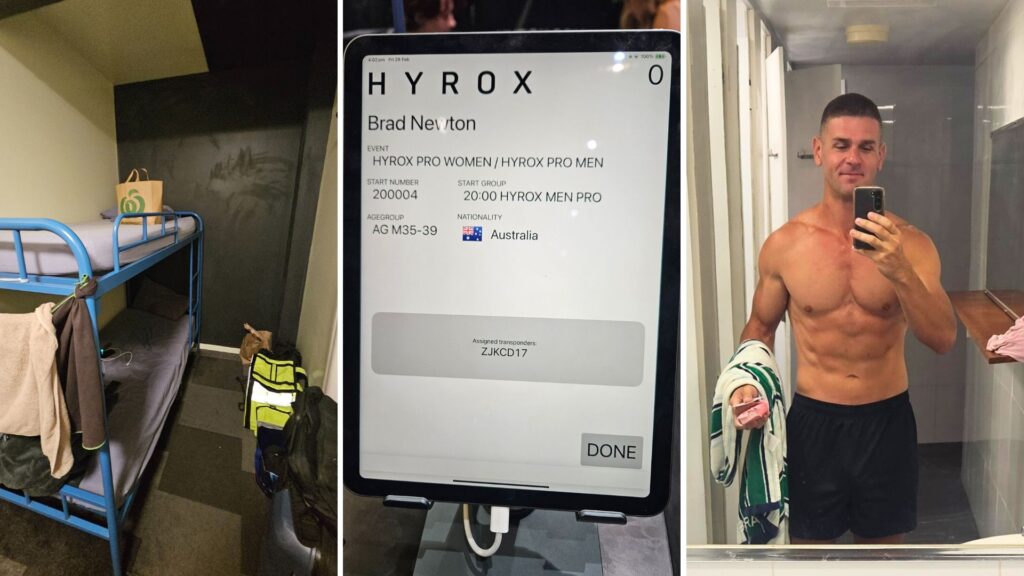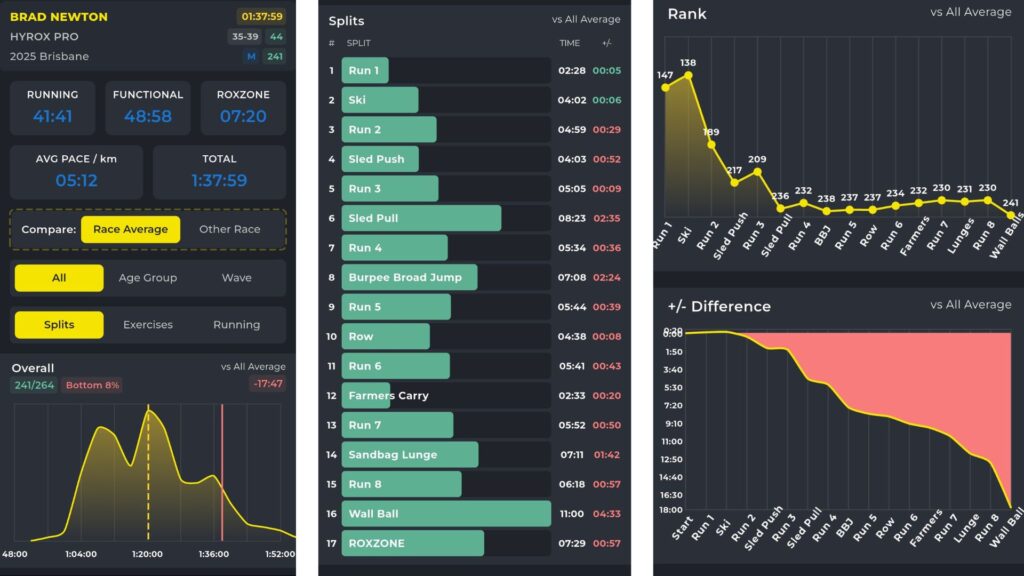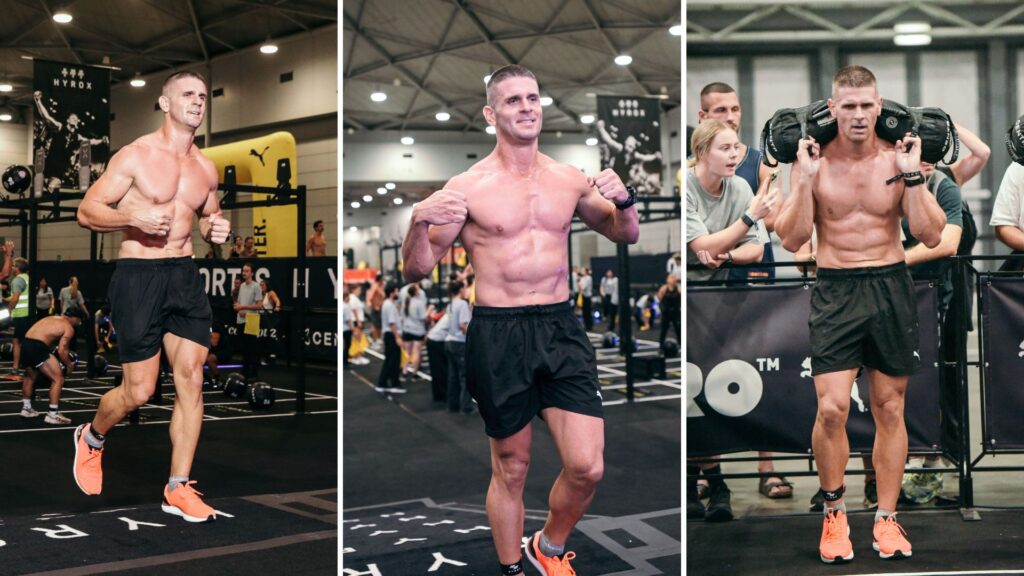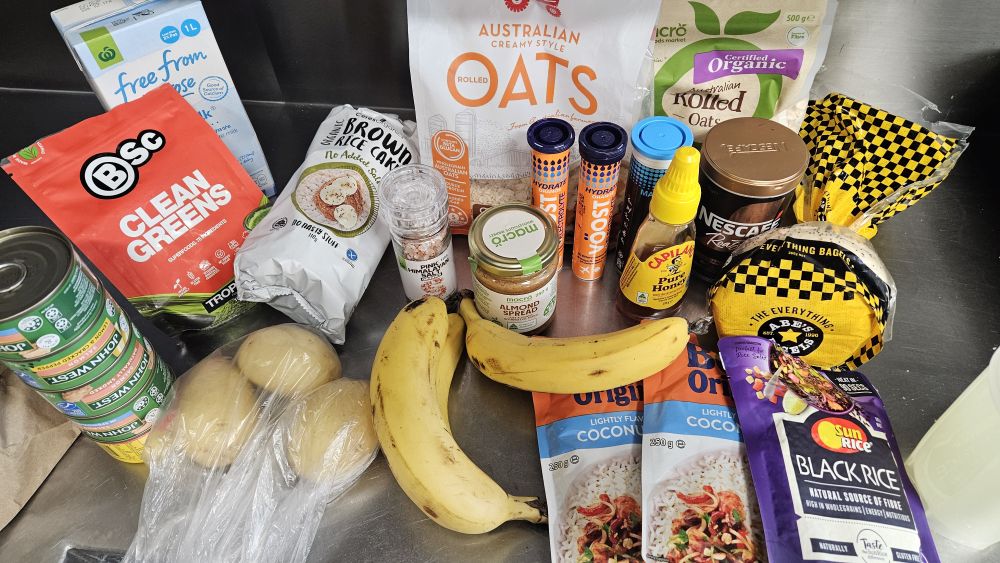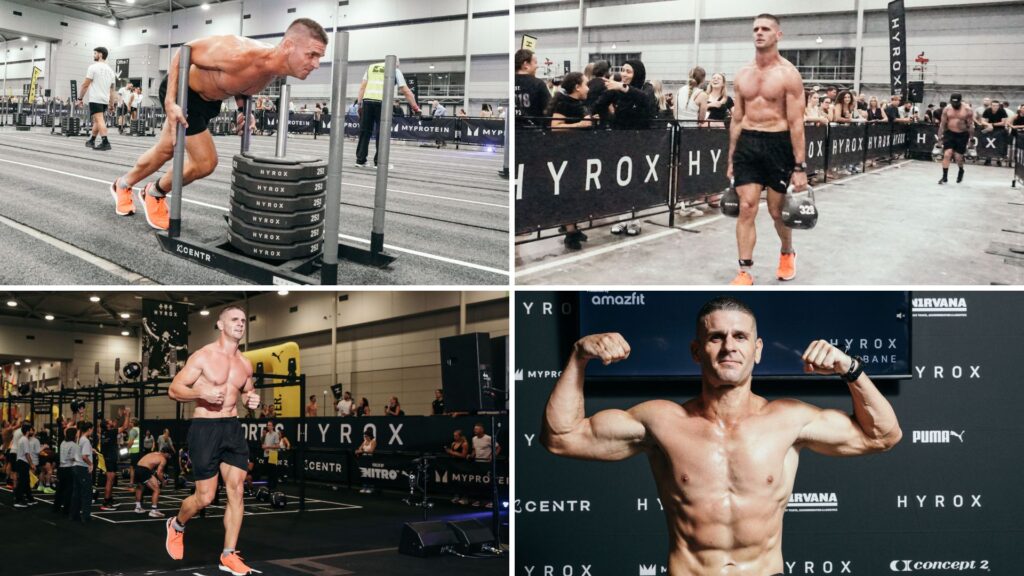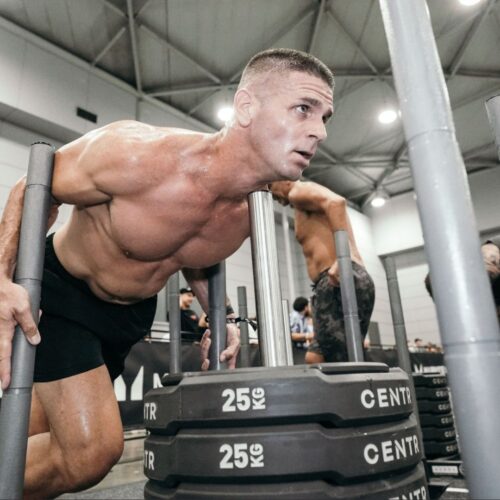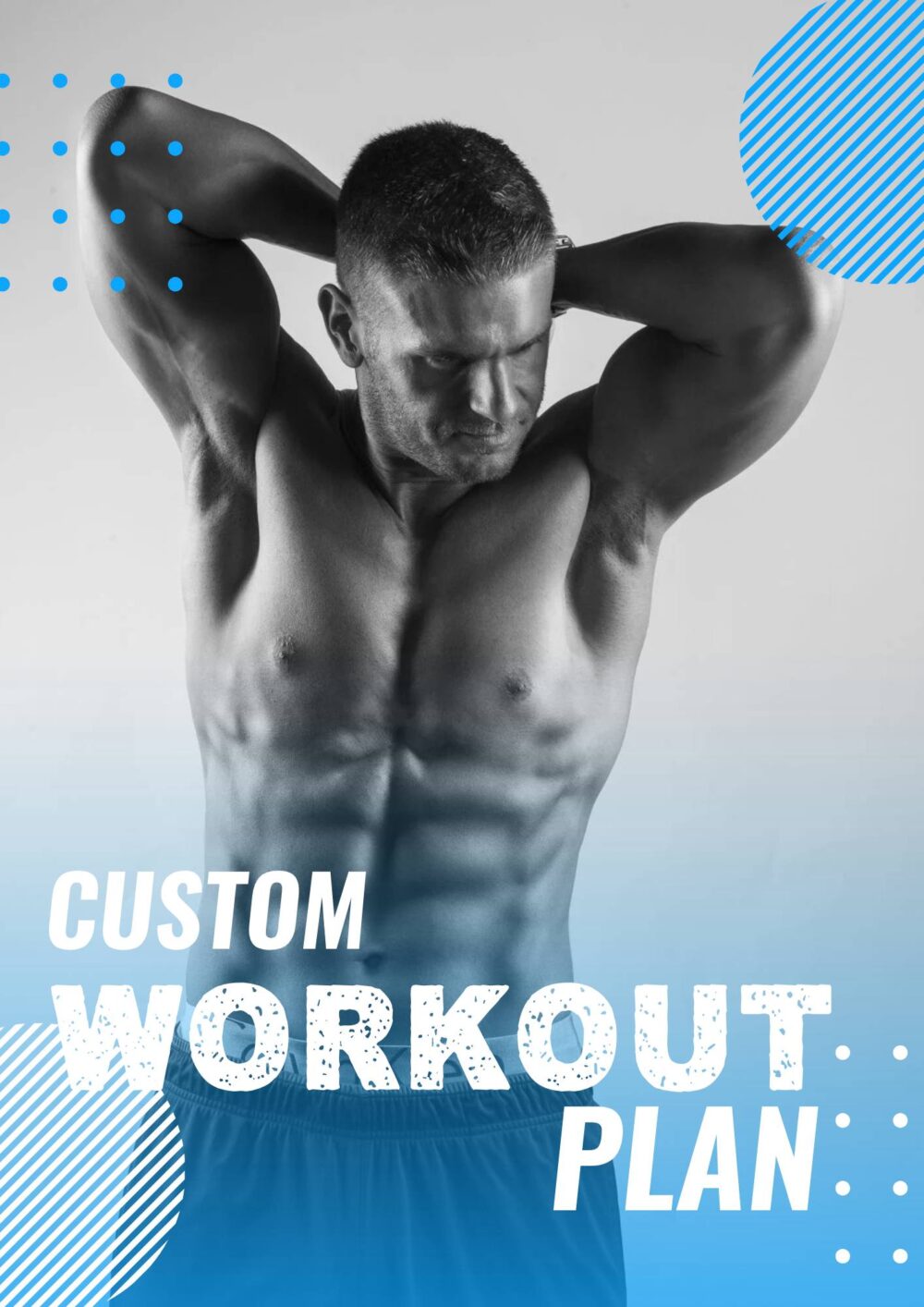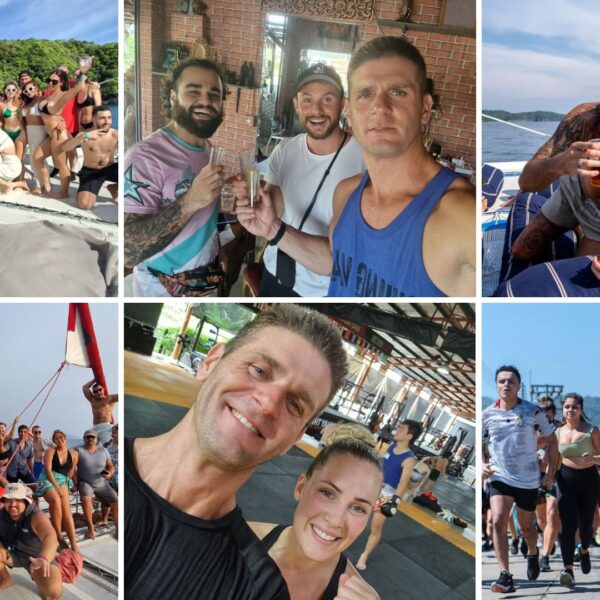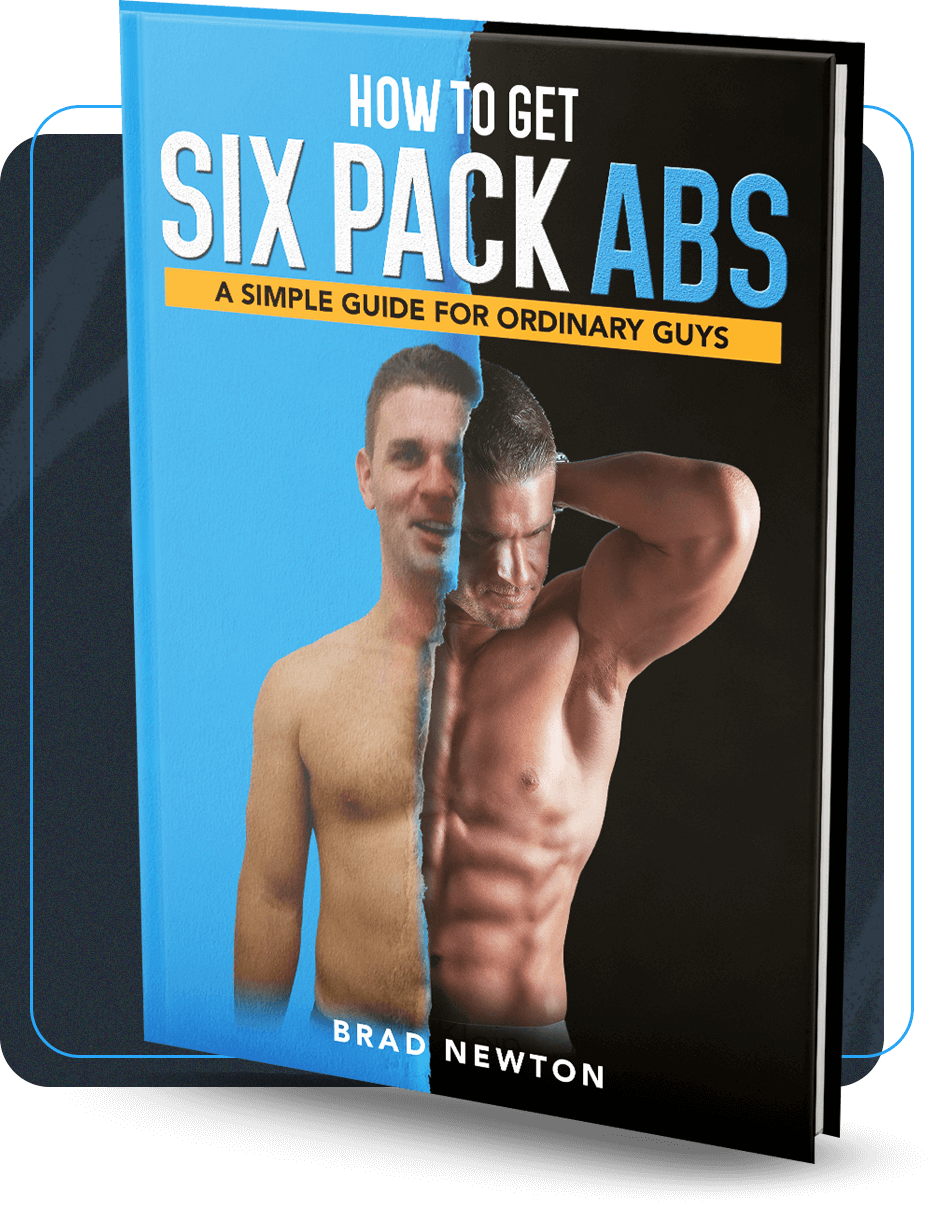
Just several weeks before the HYROX Brisbane 2025 event, my life took an unexpected emotional turn. My mother passed away. Then, just as I was beginning to process that loss, my second mother—a woman who played a profound maternal role in my life—also passed away.
To say I was emotionally rattled would be an understatement. Grieving and preparing for my first ever solo Men’s Pro Division HYROX race simultaneously was a weight that no amount of training could fully prepare me for.
Despite everything, I flew into Brisbane on the 25th of February, a few days before the race on the 1st of March 2025. I checked into Chill Backpackers, which became my pre-race base of operations. I needed that time to settle in, find some peace, buy my race-day supplies, and mentally transition into athlete mode.

With 12 weeks of structured training behind me, I was dialled in and committed. Everything had been calculated: from VO2 max intervals and lactate threshold training to strength endurance and aerobic base development. My sled push numbers peaked at 240 kg, and I was pulling up to 210 kg over 20 metres without stopping.
I’d spent time analysing elite athletes, simulating transitions, dialling in my fuelling strategy with carb loading, and even watching YouTube videos of the Elite 15 to break down their race-day performance across each station. I was committed to being ready.
But nothing quite prepares you for the moment you realise you’ll be competing alongside the world’s best. On race day, Hunter McIntyre, the reigning HYROX World Champion, and Ricky Garard, ranked 7th in the world in CrossFit, were both in my heat. I knew this going in. And knowing that I’d be sharing the arena with athletes of that calibre added an entirely new level of intensity and pressure to the experience. It wasn’t just a personal test anymore—it was a chance to measure myself against the pinnacle of hybrid fitness.
I’ll also be including some event photos and physique shots below so you can visualise what HYROX Brisbane looked like and where my conditioning stood heading into the event. These visuals will give you a better understanding of the physical and emotional state I carried into the arena on race day.
What Is HYROX?
HYROX is a global fitness racing event that blends functional strength with endurance, designed to test an athlete’s total athletic capacity. Think of it as the meeting point between CrossFit and long-distance running—with the structure and predictability of a standardised competition format across all events globally.
Each HYROX race consists of 8 functional workout stations, each separated by a 1,000-metre run—totalling 8 km of running and 8 intense strength-based challenges. What makes HYROX unique is that every athlete competes on the exact same course, from beginners in the Open division to professionals in the Men’s and Women’s Pro categories. This creates a level playing field for rankings, regardless of your location.
The workouts are always in the same order and include:
- 1,000m Run
- 1,000m SkiErg
- 1,000m Run
- Sled Push (102 kg – Open | 202 kg – Pro for men)
- 1,000m Run
- Sled Pull
- 1,000m Run
- Burpee Broad Jumps
- 1,000m Run
- Rowing (1,000m)
- 1,000m Run
- Farmers Carry
- 1,000m Run
- Sandbag Lunges
- 1,000m Run
- 100 Wall Balls
In the Men’s Pro Division, weights are significantly heavier (e.g. 9 kg wall balls, 32 kg kettlebells for farmers carry, etc.)—which is what I signed up for.
HYROX is unlike any other competition I’ve ever done. It requires strategic pacing, mental resilience, and a highly specialised form of hybrid fitness that fuses anaerobic bursts with aerobic capacity. There’s nowhere to hide. And with the standardised format, every result is trackable and comparable globally, which means you can compete with yourself—or the best in the world.
My Race, My Reality Check
Despite all my preparation, my final time was 1 hour 37 minutes. I placed 44th in my age division and landed in the bottom 8% overall.
It stung. I had trained with the intention of qualifying for the World Championships in Chicago. But when I reviewed my performance, I realised I had made mistakes that cost me dearly:
- I missed the entry to one of the stations and had to backtrack.
- I cramped badly during the row and almost tapped out.
- The sled push was tougher than expected due to the carpet friction.
- I walked the farmer’s carry when I could’ve jogged it.
- I barely practiced wall balls — a big mistake.
- I received a warning for a rule violation (toes crossed the line)
Still, I showed up. I finished. And I learned.
Strategic Start Tunnel Positioning
Believe it or not, I researched the best place to stand in the start tunnel. I learned experienced HYROX athletes often start in the middle — not too aggressive, not too conservative.
Starting in the front-middle allowed me to hold pace while avoiding congestion.
7 Brutal Lessons from My First HYROX
- It’s a Compromised Running Race
Yes, it’s 50% running. But not fresh, Sunday jog running. It’s “my legs are toast” running. You’re running after heavy sled pushes, burpee jumps, and sandbag lunges.
Train like this: Push a sled 30m, then run 400m. Do walking lunges, then sprint. Condition your legs to run on fumes.
- Don’t Come Out the Gate Too Fast
Adrenaline lied to me. The lights, the music, the crowd – I nearly sprinted the first 1km. Starting in the middle of the start tunnel helped me tremendously.
Set limits: I trained to not exceed a 4:00/km pace and a 3:42 SkiErg split, and stuck (mostly) to it. Use your watch. Be ruthless with pacing.
- Sleds & Wall Balls Deserve More Respect
The carpet friction at events is a monster compared to gyms. My sled moved like it was glued down. And wall balls? My form was sloppy, my target misses were many, and a guy next to me vomited mid-set. It was pretty wild!
Next time: Train heavier sleds than comp weight. Mark your wall ball target in training. Practice under fatigue. I know I need to dedicate more time to wall balls….
- Running Form Matters – A Lot
My background is in Muay Thai and bodybuilding – not endurance. So I obsessed over running mechanics: arm drive, midfoot strike, cadence, posture. My split time improved from 5:57/km to 3:43/km over 12 weeks. There was still room for improvement but I made it a mission to ensure I nailed most of the running mechanics. This involved watching many “running form” YouTube videos.
Pro tip: Film yourself. Study your form. And yes – do more volume. 40–60km per week is the elite standard. I was only running a total volume of around 20-30km per week, the “lower end” of the scale compared to most Elite Hyrox athletes.
- Nail Your SkiErg & Rowing Efficiency
My rowing and ski technique were trash at first. I was pulling at 40+ SPM just to hit average splits. With practice, I brought that down to 26–30 SPM (rowing) and still matched the same output.
The fix: Watch elite tutorials. Focus on power per stroke. Get efficient, not frantic. I watched YouTube videos of elite Olympic rowers and had to re-learn how to row!
- Keep a Training Journal
Every session. Every lift. Every run. Every sled push. My prep was mapped out in detail – and it showed me what worked and what didn’t.
Why it matters: You don’t improve what you don’t track. This is a concept that I continue drilling with my online fitness clients.
- Learn the Movement Standards
I got penalised early because my toes crossed a line on the sled pull. I didn’t even know I could leave the box to get chalk – cost me 7 minutes of agony and shredded my hands.
Study the rulebook. Watch the technical briefing videos (on the official Hyrox YouTube channel). Know before you go.
How I Prepared for My First HYROX Men’s Pro Race
With only 12 weeks to prepare and a full Men’s Pro solo race ahead of me, I needed to reverse-engineer every station and tailor my training accordingly. Here’s how I approached it:
Station-by-Station Breakdown
I structured my entire training plan around the HYROX Pro division standards:
| Station | Pro Standard | My Training Focus |
| SkiErg | 1,000m | Target: 3:42 |
| Sled Push | 202kg (inc. sled) | Training Load: 240kg |
| Sled Pull | 153kg (inc. sled) | Training Load: 210kg |
| Burpee Broad Jumps | 80m | Practiced with fatigued legs + posture |
| Rowing | 1,000m | Target: 3:30–3:45 (spm 26-30) |
| Farmer’s Carry | 2x32kg for 200m | Trained grip, turn technique |
| Sandbag Lunges | 30kg for 100m | Drilled walking lunges for efficiency |
| Wall Balls | 100 reps @ 9kg | Didn’t really train these. |
I didn’t just train for strength – I trained for precision under fatigue. Each station became its own micro-event with dedicated sessions.
Rowing – 1,000 Metres
I obsessed over rowing mechanics. I aimed to hit a split time of 3:30–3:45 (elite standard), with a stroke rate of 28–29 SPM. Most beginners row at 40–45 SPM to hit a decent pace, but I wanted more power per stroke and better efficiency.
To achieve this, I focused on:
- Explosive leg drive, strong core engagement, and minimising arm dominance
- Interval sessions (e.g. 500m at race pace with structured rest)
- Drills to reduce stroke rate while maintaining a consistent 1:55/500m pace
- Analysing videos of elite athletes and filming myself for form correction
The average 1,000m row time for Men’s Pro is around 4:31, but I was targeting elite numbers.
Sled Push & Pull
I had read horror stories about the competition carpet’s high friction, and they were true. So, I over-prepared by training with loads up to 240 kg for the sled push and 210 kg for the sled pull over 20–40 metre intervals.
Key points:
- I trained well beyond the comp standard: Pro sled push is 202 kg including sled weight
- I incorporated this into my conditioning routine, not just as a strength test
- My sled pull wasn’t under fatigue in training, but it gave me a confidence edge
- Practiced form, grip, and mental focus under heavy tension
- I practiced methods of dealing with excessive lactic acid build-up in the legs
- I practiced different methods of holding the bars on the sled.
Farmer’s Carry – 200 Metres
The standard for Men’s Pro is 2 x 32 kg kettlebells for 200 metres – often with multiple turns that challenge balance and grip.
To simulate this:
- I included turns in training to replicate the “centrifugal swing” effect
- Targeted grip endurance with timed static holds and carry intervals
- Researched elite times (around 1:30–2:00) and aimed for a finish near the low end
- My strength-to-duration ratio suggested I could go 150 metres unbroken, but I pushed for more
Inside My HYROX Conditioning Plan
To go beyond just brute strength, I incorporated a strategic blend of energy system development:
Zone 2 / Aerobic Base Building
- 2–3 sessions per week, 60–90 minutes each
- Wore a chest strap to monitor heart rate (60–70% max)
- Aim: boost mitochondrial density, fat oxidation, and endurance
- Could hold a conversation during these sessions – a key marker
Strength Endurance Training
- Sled pushes, sled pulls, walking lunges, sandbag carries
- Combined resistance and cardio for muscular fatigue and heart rate spikes
- Trained transitions and movement under lactic conditions
VO2 Max Training (Zone 5)
- Once per week, short but intense intervals
- Pushed heart rate to 90–100% max
- Inspired by Muay Thai training in Thailand and Dr Peter Attia’s VO2 max research (I highly recommend watching his YouTube videos)
- One session showed 27 minutes in Zone 5, likely anomalous, but still pushed my limits
- Aim: increase capacity to work above threshold and improve recovery
Threshold Intervals (Zone 4)
- 1–2 sessions per week, targeting lactate clearance
- Built tolerance for sustained high-intensity output
- Crucial for running between stations and after brutal efforts
Race Simulation Workouts
- Once per week, I created HYROX-style sessions like:
- 1km run + 1000m SkiErg
- 1km run + sled push (50m)
- 1km run + kettlebell farmer’s carry
- Focus: combining all previous efforts into one full-effort simulation
- Helped me gauge pacing, mental toughness, and transition timing
Supplementation – Beta-Alanine
One supplement I’ve found incredibly useful during my HYROX prep is beta-alanine. It helps delay the burn in high-rep, high-intensity efforts by increasing muscle carnosine levels—buffering the acid that builds up during stations like sled push, rowing, and wall balls. For events like HYROX where you’re constantly pushing through fatigue, that extra edge in muscular endurance can mean the difference between holding pace or falling apart in the back half of the race.
I’ve taken it consistently for months and noticed a clear improvement in how long I can sustain near-max output before the fatigue kicks in. If you want a deeper dive into how it works and how I use it, check out my full article on beta-alanine.
Zone 5 Grind – HYROX Prep Edition
Here’s a snapshot from one of my recent HYROX prep sessions, where I spent 27 minutes deep in Zone 5 — that’s redline territory where your body’s fighting to clear lactate and your lungs are at max throttle.
According to Polar, this session:
✅ Boosted sprint speed
✅ Enhanced neuromuscular efficiency
✅ Increased fatigue resistance
According to Dr Peter Attia, author of Outlive, highlights Zone 5 training as “critical for increasing VO₂ max and extending your performance ceiling.” In other words, this kind of high-intensity effort isn’t just about surviving HYROX—it’s about dominating it. He believes improving VO₂ max is one of the strongest predictors of longevity and athletic performance.
For HYROX competitors: This intensity is non-negotiable if you want to stay competitive in the Men’s Pro Division. Events like Sled Push, Sled Pull, and Burpee Broad Jumps tax your anaerobic engine. Zone 5 conditioning builds the explosive output and rapid recovery you’ll need to survive—and thrive—across all eight stations.
How I Fuelled for Race Day
Training hard is one part of the equation. Fuelling right is what helps you finish strong. I leaned into my bodybuilding background to build a strategy tailored for endurance performance, especially in the final 72 hours leading into my HYROX Pro race.
Magnesium Supplementation
One of the reasons I decided to supplement with magnesium during my HYROX prep was because I kept hearing stories of athletes cramping up mid-race—especially during high-intensity stations like the sled push, farmer’s carry, or wall balls. So, I made a point to supplement heavily with magnesium in the lead-up, knowing how important it is for muscle function, energy production, and recovery. Even still, I experienced some muscle cramping during the 1,000m row on race day. It was a stark reminder that even with supplementation, the sheer intensity of HYROX can push your body to its limits—and that managing electrolytes is just as important as your training.
I followed best-practice guidelines recommending 300–500mg per day, split into two doses (morning and evening)
Carb Loading Strategy (1–3 Days Before)
Carb loading is a vital strategy when preparing for a demanding endurance event like HYROX. The goal is to maximise muscle glycogen stores—your body’s primary fuel source during high-intensity, prolonged efforts. HYROX isn’t just a strength test; it’s a brutal endurance race, and when glycogen runs low, so does your performance. I began carb loading three days out from race day, aiming for around 5–7 grams of carbohydrates per kilogram of bodyweight per day. At ~88 kg, that meant consuming 440g to 616g of carbs daily—and to make sure I was dialled in, I used MyNetDiary to track my intake precisely each day.
My primary carb sources were whole food-based and easy to digest: white potato, black rice, coconut rice, bagels, and organic rolled oats. The goal was to increase glycogen storage—studies suggest this can rise by 50–100%, from around 100 to 200 mmol/kg of muscle glycogen.
Interestingly, at no point during the race did I feel like I hit a wall—which I believe is a testament to effective carb loading. That said, my performance did suffer in other areas—notably the sled push, wall balls, and the running volume overall—where I simply hadn’t trained with enough specificity or volume. In hindsight, nutrition wasn’t the limiting factor—preparation for key stations was.
Pre-Race Meal Timing (2–3 Hours Before)
Because my wave time was 8:00 PM, I worked backward to nail the perfect fuelling window. Based on current endurance nutrition guidelines, athletes are recommended to consume around 1–4 grams of carbohydrates per kilogram of bodyweight in the 3-hour window before racing. For me, at around 88 kg, that meant aiming for roughly 175–350g of carbs, depending on how my gut felt.
Around 5:00–5:30 PM, I had a simple, low-fibre, high-glycaemic pre-race meal:
- Rice cakes with honey
- A bagel with peanut butter and honey
- 2–3 bananas
I deliberately avoided high-fibre foods to prevent digestive issues and kept my sodium and hydration intake steady throughout the day. I also leaned on easily digestible carbs to avoid feeling heavy or bloated on the start line. This carb timing strategy ensured I went into the event fuelled, energised, and ready to hit each station without the drag of digestive discomfort.
Tools That Can Help You Dominate HYROX
Looking back, one of the things I wish I’d known before my first HYROX competition was just how many great training tools are out there. I wasn’t actually aware of any HYROX-specific training apps during my prep. In fact, I only discovered ROXFIT after I crossed the finish line and went searching for a way to interpret my race results.
That said, these apps are absolute game-changers if you’re looking to train smarter and track your progress with precision:
HYROX Training Apps
LEVLS HYROX – Designed by HYROX Pro Elite athletes, this app offers structured programs for both OPEN and PRO categories, with options for 3 or 5 training days per week. A solid choice if you want programming from athletes who’ve been there and done it.
HYROXIFY – If you want a plan tailored to your fitness level, goals, and available equipment, HYROXIFY’s AI-powered approach delivers exactly that. Great if you’re looking for a more personalised experience.
ROXFIT – This was the first app I came across post-race. It offers a complete HYROX workout tracker, integrates with Apple Watch, and gives you detailed insights into your training and race performance. I now use it to review past sessions and plan my next race prep with more structure. The screenshots below are a summary of my own Hyrox performance using the ROXFIT app.
While I didn’t use any of these tools leading into my first race, I’ll definitely be incorporating them into my next prep. They’re invaluable for staying accountable, targeting weak spots, and making sure your training is as efficient as it is effective.
Professional Race Photography
Investing in professional race photos is more than just a vanity purchase; it’s a strategic decision, especially for those in the fitness industry.
- Sportograf Photo Package: HYROX partners with Sportograf to offer high-quality race photography. You can pre-purchase a photo package when registering for your event, which provides you with a code to download your images post-race.
Having professional photos serves multiple purposes:
- Personal Achievement: Capturing the culmination of your hard work and dedication.
- Marketing Material: For fitness professionals, these images can be used to promote your services, showcase your participation in competitive events, and build credibility with clients.
In my case, opting for the professional photo package allowed me to document my journey and provided valuable content for my fitness business.
Final Thoughts: What I’d Tell Anyone Preparing for Their First HYROX
If you’ve made it this far, you’ll know that preparing for a HYROX competition—especially in the Men’s Pro Division—is more than just showing up and being fit. It’s about strategy, precision, and knowing how to prepare both physically and mentally.
My journey to Brisbane wasn’t just about competing; it was personal. I’d lost my mother and my second mother just weeks before stepping onto the start line. That grief shaped my mental landscape, and yet, I still showed up. That, in itself, was a victory. I flew in early, stayed at Chill Backpackers, and gave myself space to settle in and mentally prepare.
If you’re preparing for your first HYROX, here’s what I’d tell you:
- Respect Every Station
Don’t underestimate any one station. For me, the wall balls crushed me—not because I wasn’t strong, but because I hadn’t practiced them enough under fatigue. You can be elite in a few stations, but your weaknesses will be exposed very quickly on race day. - Train for Compromise
Running after sled pushes, lunges, or sandbag carries is nothing like a fresh 5K. You need to practice compromised running—running when your legs feel like concrete. Simulate this in training by pairing 1 km runs with stations, and don’t skip this. - Get Familiar With Race Conditions
The sleds will feel heavier. The carpet is unforgiving. The crowd noise is overwhelming. You might cramp, you might get lost (like I did), and you’ll probably want to quit at least once. Train for these unpredictable elements. Don’t just train in the gym—simulate chaos. - Fuel and Hydrate Properly
Carb load correctly. I did 5–7g per kg of body weight, tapered fibre, tracked electrolytes, and had a precise pre-race carb plan (including rice cakes, bananas, honey, etc.). It helped me avoid hitting the wall too early. Don’t wing your nutrition. - Supplement With Purpose
I took beta-alanine and creatine monohydrate consistently for 12 weeks. Beta-alanine helped buffer lactic acid during those painful efforts. Creatine gave me power for the sleds and lunges. Use them wisely and consistently. - Build Aerobic & Anaerobic Capacity
Your body needs to be a hybrid machine. Zone 2 base training, threshold intervals, VO2 max sessions, and full race simulations are all non-negotiable. I wore a chest strap, tracked everything, and focused on data-led performance, not just vibes. - Download the ROXFIT App
I wish I had known about this before my first race. ROXFIT helps you structure your HYROX training like a pro. It would’ve saved me hours of research and planning. If you’re a beginner—download it. - Hire a Photographer (Yes, Really)
You’ve trained for months. Why not capture that effort? I paid for the professional photo package, and I don’t regret it. As a fitness coach, the content helps me market my business, but even if you’re not in the industry—it’s a memory worth keeping. - Start Smart
I chose a front-middle position in the start tunnel to avoid congestion and chaos. Know your pace and position yourself accordingly. Don’t burn out in the first run. - Accept That It Won’t Be Perfect
I missed a station. I cramped. I doubted myself. I didn’t qualify for the World Champs. And I still consider this one of the most important races of my life. You learn more from one HYROX race than from a year of training. Do it.
Watch the Full HYROX Experience on YouTube
If you want to see what this day actually looked like — from my nerves in the warm-up zone to the exact moments I struggled (and overcame) during the race — I documented it all in this video:
This video gives you the raw, unfiltered version of what competing in the HYROX Men’s Pro Division is really like. I also share more of the emotional backstory that led into race day.
Final Word
HYROX is more than a race—it’s a challenge that forces you to raise your standards across the board. Whether you’re a skinny-fat guy looking to break out of mediocrity, or a gym rat wanting something more competitive, HYROX will humble you and shape you.
Prepare well, train smart, show up, and finish strong.
If you’re looking for coaching support, a structured program, or want help preparing for your first event, check out my Ultimate Body Transformation Program. I coach guys just like you through this process—physique, performance, and mindset.
Let’s get after it.


